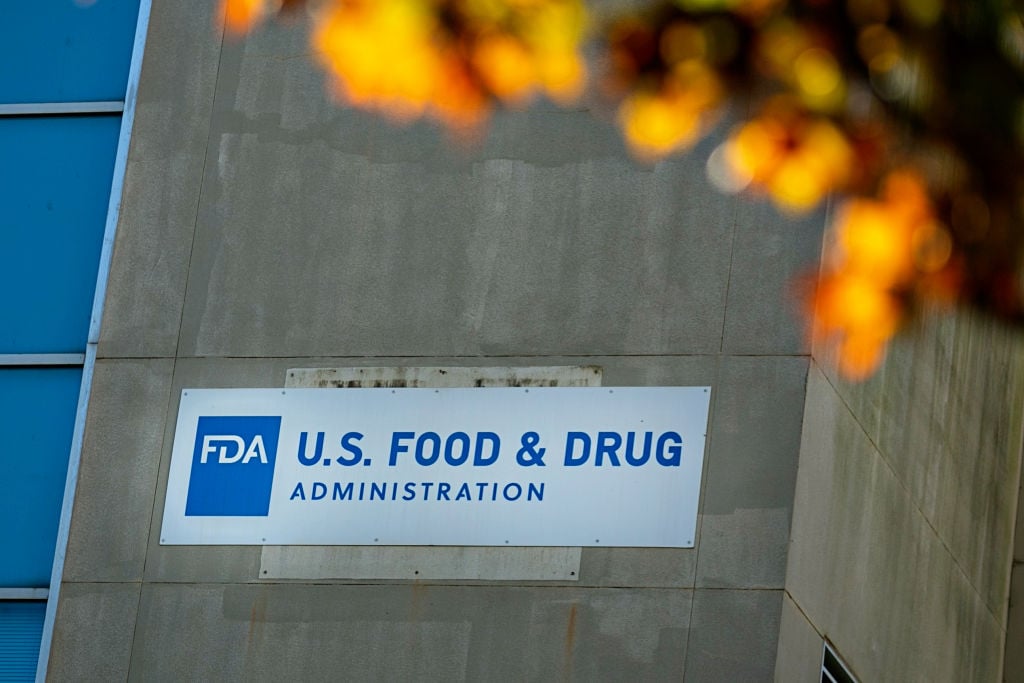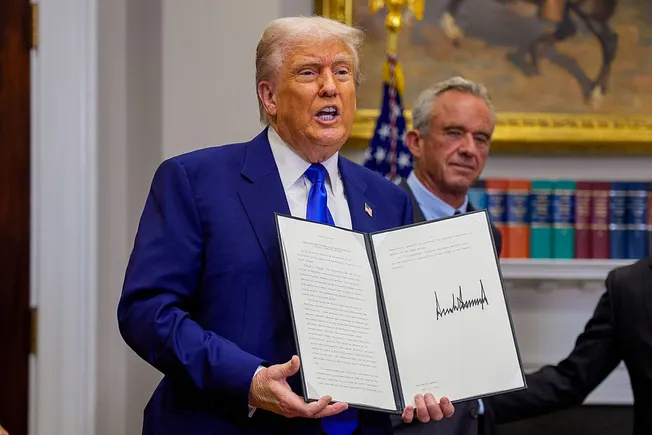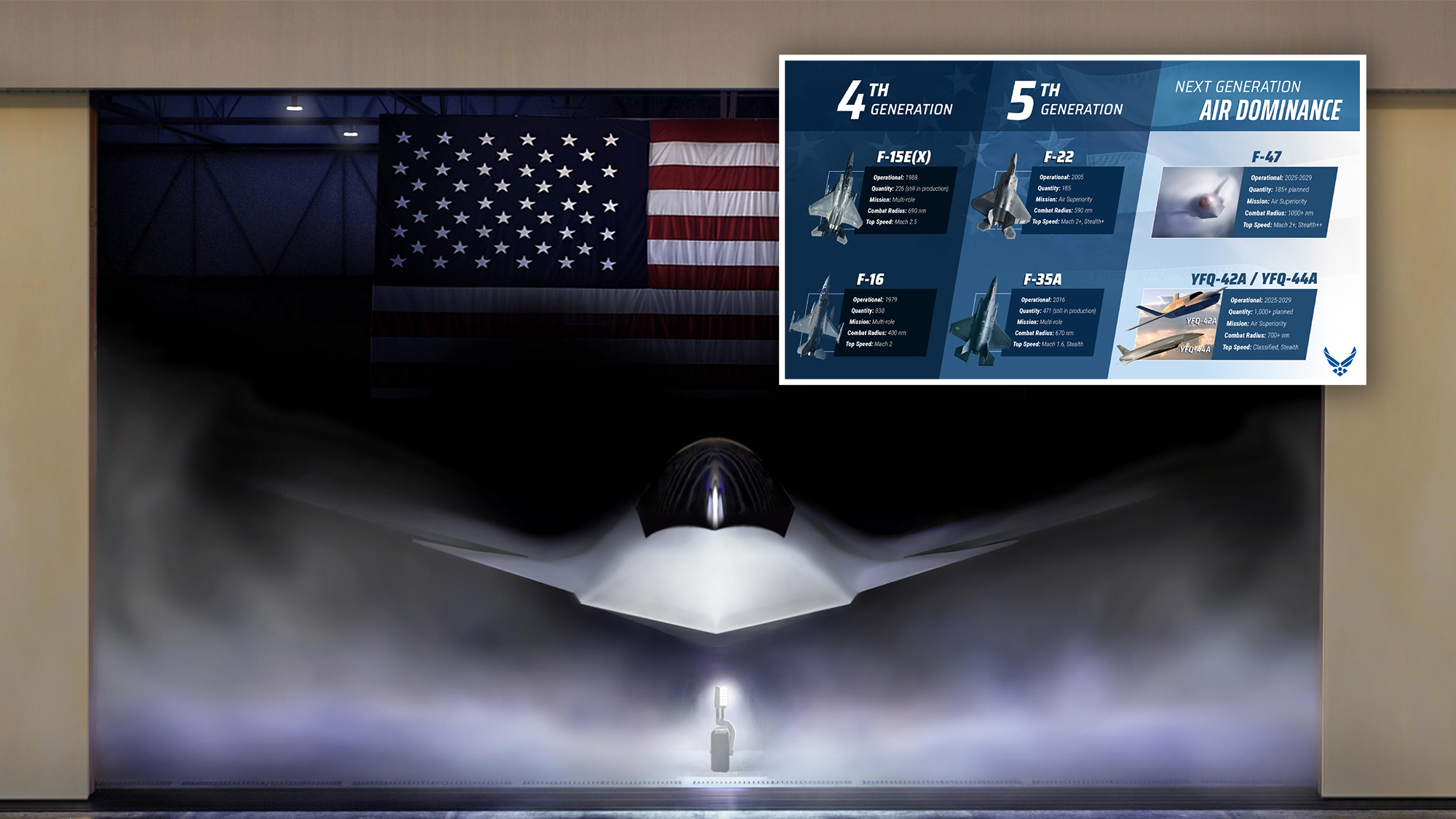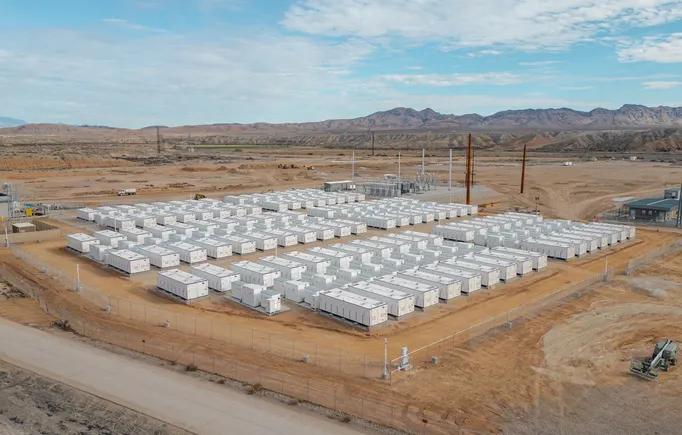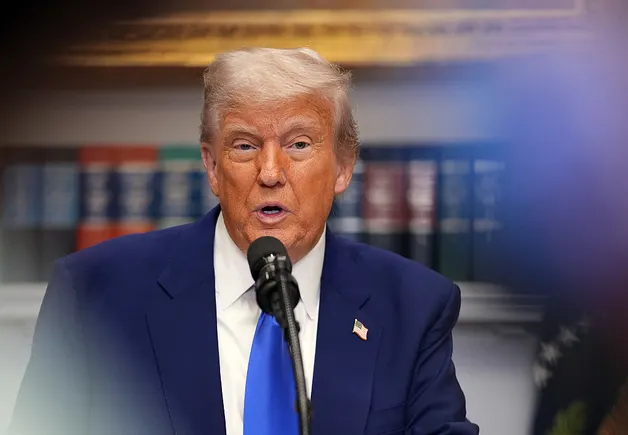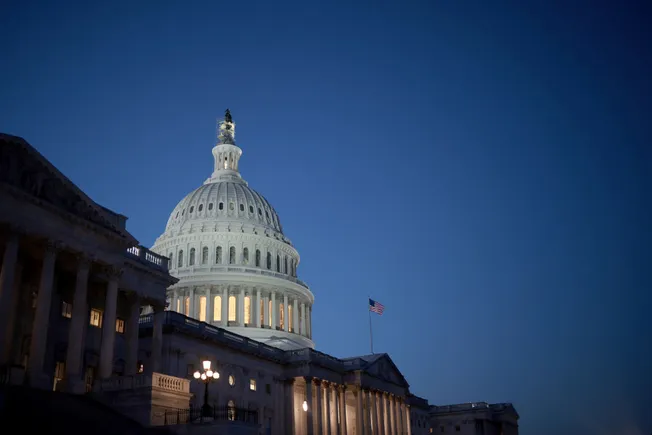US Postal Service belongs under executive branch
President Trump’s instinct to place the U.S. Postal Service under the direct control of the White House is correct and would allow the agency to be reformed without interference from oversight bodies that have outlived their usefulness, says commentator Satish Jindel. The post US Postal Service belongs under executive branch appeared first on FreightWaves.

(The views expressed here are solely those of the author and do not necessarily represent the views of FreightWaves or its affiliates.)
Some may question whether President Donald Trump’s method of hastily smashing apart government agencies will actually bring about proclaimed reforms, but his view on moving the U.S. Postal Service under the executive branch, and privatizing it at some point, has merit.
The role of the Postal Service has changed significantly in the past few decades. It was founded in 1775, with Benjamin Franklin as its first postmaster general, to serve as a communications lifeline for the colonies, delivering legal documents, business correspondence and personal letters. There were no telephones or internet then.
To ensure communications were protected, the agency was structured as a quasi-monopoly, with oversight placed under the Congress and president.
Fast forward to 2025 and the U.S. Postal Service no longer has exclusive jurisdiction over communications and delivering important documents. The rapid growth of postage-free communications alternatives in the 1990s, such as fax machines, broadband connectivity and the internet, led to a major decline in mail volumes. Postal leaders responded by targeting the parcel market for revenue growth.
Postal workers were equipped to deliver letters by foot or horse, and later with small vehicles to boxes at delivery addresses. But handling boxes weighing up to 70 pounds has never been compatible with the Postal Service’s core competency.
Congress aided the push into the parcel market, passing legislation in 2006 that separated
its remit into dominant services (first-class mail) and competitive services (parcels). It also gave the Postal Regulatory Commission responsibility for ensuring that competitive products were
not being subsidized to create a pricing disadvantage for private carriers like FedEx, UPS and Amazon.
Congress and the PRC, however, allowed the Postal Service to have access to the
mailboxes for parcel delivery, creating a huge competitive advantage over the private carriers whose drivers have to walk extra distance from the road to leave packages at the front door where they are exposed to weather-related damage and thieves.
Over 60% of all business-to-consumer packages would fit in mailboxes. And more than 80% of all Postal Service parcels fit in mailboxes.
To correct this uneven playing field, either the Postal Service should be excluded from using mailboxes for delivery of parcels, or FedEx, UPS and other couriers should be given access to those mailboxes for delivery of their parcels.
But more than that, since the private sector has the capacity to handle market demand for more than 90 million parcels, the Postal Service should return to its original mission and just carry the mail. It would keep the federal government from competing with the private sector.
Yes, this could result in a significant reduction in employee count, but the agency over three decades has outsourced many parts of its transportation and sorting functions to private companies even as its revenues increase.
The number of Postal Service employees has dropped from 753,384 in 1995 to about 533,000 in 2024, while total revenue has increased from $54 billion to $80 billion during the same period.
Critics will also say that private companies, which don’t have a universal service obligation, won’t deliver to rural areas where low population density makes doing business unprofitable. But rural areas get air services from private airlines that carry goods and Amazon is investing $4 billion to expand its delivery coverage to rural areas. And, it should be noted, the government isn’t involved in providing phone and internet service to rural areas, preferring to leave that to the private sector.
With the post office under the executive branch, there would be no need for a board of governors, a Postal Regulatory Commission or an inspector general. The Office of Inspector General, for example, was necessary when the Postal Service moved money orders, checks and legal tenders, but nearly all funds transfers today are done electronically. The IG has outlived its value. These extra layers of bureaucracy impede decision-making and the ability to quickly respond to market forces.
And if limiting the agency to mail results in greater financial losses, then it can raise postage rates. Even with further rate increases, postage will remain much lower than in countries like Germany, France and the U.K., which should be cheaper since they operate in much smaller geographic areas.
Mailers will complain about paying more for marketing mail, but they can reduce the total cost by eliminating multiple mailers and catalogs sent to the same address and can divert billions of dollars to online advertising through online media channels like Facebook, Google and Amazon.
Furthermore, the Postal Service doesn’t need to deliver mail six days per week, given the fact that volumes have declined from 212 billion pieces to 113 billion over 20 years and that most mail is not urgent – it goes straight from the mailbox to the recycling bin.
The Postal Service operated from 1872 until 1971 as a Cabinet department in the executive branch. Trump is right to push for structural change at a federal agency that is dysfunctional and poorly aligned with market demand.
(Satish Jindel is the president of ShipMatrix, a parcel management and consulting firm. He was an executive at RPS, which he helped FedEx acquire and turn into FedEx Ground. He has an MBA from the Wharton School at the University of Pennsylvania.)
The post US Postal Service belongs under executive branch appeared first on FreightWaves.


























































